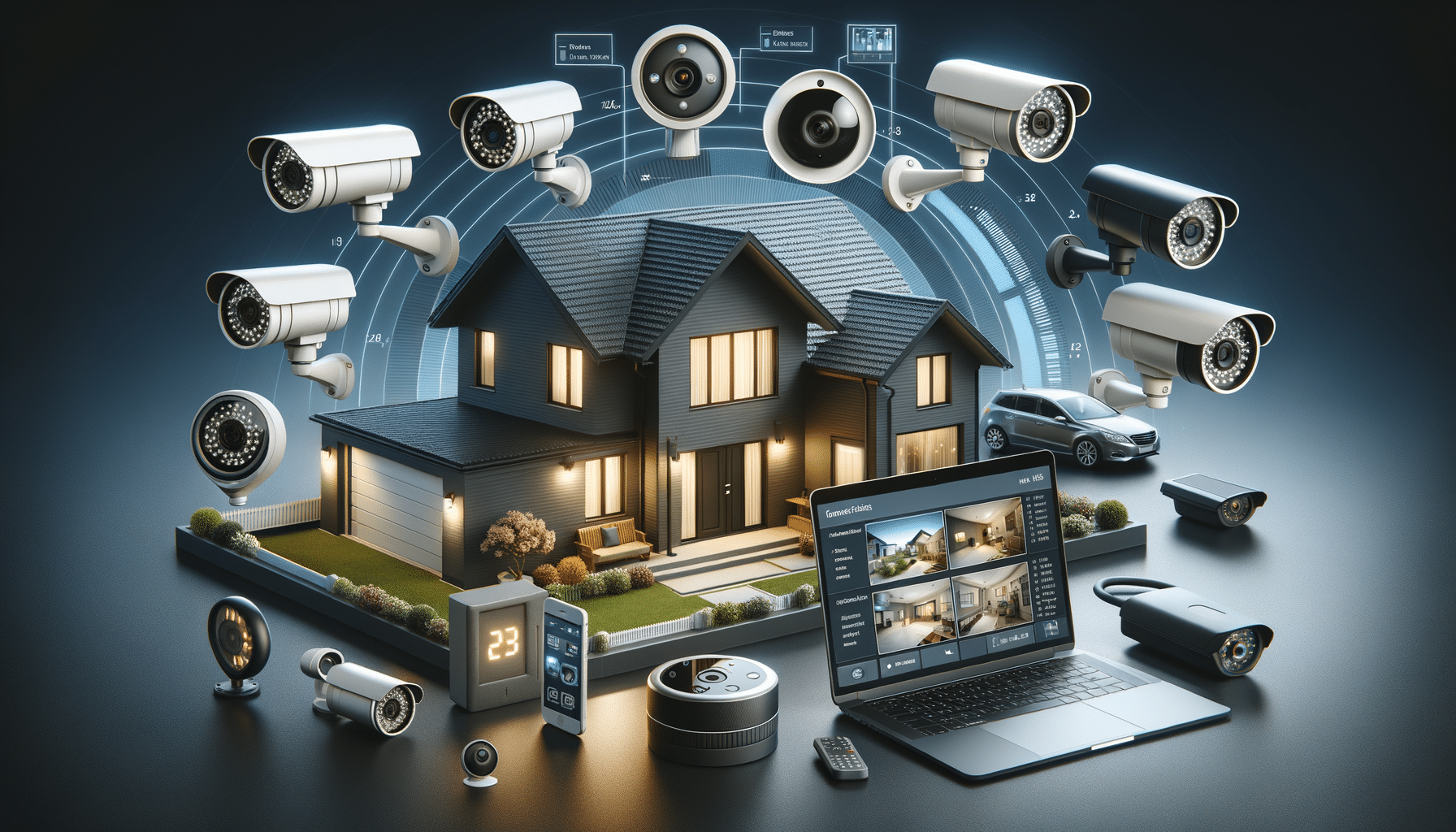
Home Security Cameras in the U.S.: How They Work and How to View Them Remotely
Understanding Home Security Cameras
Home security cameras have become an integral part of safeguarding residential properties. These devices are designed to monitor and record activities within and around a home, providing homeowners with peace of mind. Advances in technology have made these cameras more accessible and user-friendly, with features such as high-definition video, night vision, and motion detection.
Security cameras can be categorized into two main types: wired and wireless. Wired cameras are connected to a central recording device through cables, which can offer a stable connection but may require professional installation. Wireless cameras, on the other hand, connect via Wi-Fi, making them easier to install and more flexible in terms of placement. However, they may be susceptible to interference and require a robust internet connection.
Modern security cameras often come with smart features, such as mobile app integration, allowing homeowners to receive real-time alerts and access live footage from their smartphones. This capability enhances the ability to monitor a property remotely, ensuring that homeowners can stay informed about their home’s security status at all times.
How to View a Security Camera From Anywhere
One of the most appealing features of contemporary security cameras is the ability to view footage remotely. This is achieved through internet connectivity, which allows the camera to stream live video to a connected device, such as a smartphone or computer. To set up remote viewing, homeowners typically need to install a companion app provided by the camera manufacturer.
Setting up remote access usually involves the following steps:
- Connecting the camera to the home Wi-Fi network.
- Installing the mobile app on a smartphone or tablet.
- Creating an account with the camera’s service provider.
- Linking the camera to the account through the app.
Once set up, users can log in to the app to view live footage, receive notifications, and even control camera settings. This flexibility is particularly useful for homeowners who travel frequently or have multiple properties to manage. It ensures they can check in on their home security from virtually anywhere in the world.
Key Considerations Before Installing a Security Camera at Home
Before installing a security camera system at home, there are several important factors to consider. First, homeowners should assess their security needs. This involves identifying vulnerable areas around the property that require monitoring, such as entry points, driveways, and backyards. A thorough assessment helps determine the number and type of cameras needed.
Next, homeowners should consider the camera’s features. While basic models provide standard video recording, advanced cameras offer features like motion detection, two-way audio, and integration with smart home systems. Selecting cameras with the right features can enhance security and provide additional convenience.
Installation and maintenance are also crucial considerations. Wired cameras may require professional installation, while wireless cameras can often be set up by the homeowner. Maintenance involves ensuring that cameras are clean, functioning correctly, and that software is up-to-date to protect against vulnerabilities.
Finally, privacy concerns should not be overlooked. Homeowners must ensure that their security system complies with local laws and regulations regarding surveillance. Additionally, they should secure their system with strong passwords and encryption to protect against unauthorized access.
Conclusion: Enhancing Home Security with Thoughtful Camera Choices
Home security cameras are a valuable tool in protecting residential properties. By understanding the different types of cameras, how to access them remotely, and the key considerations before installation, homeowners can make informed decisions that enhance their security. With the right setup, these cameras provide a reliable way to monitor and protect one’s home, offering peace of mind whether at home or away.
